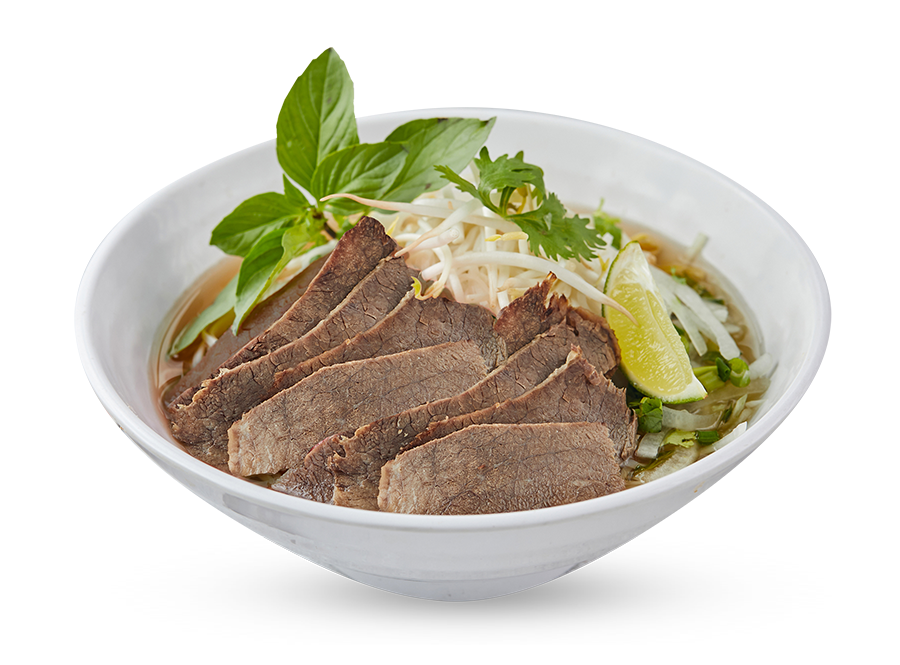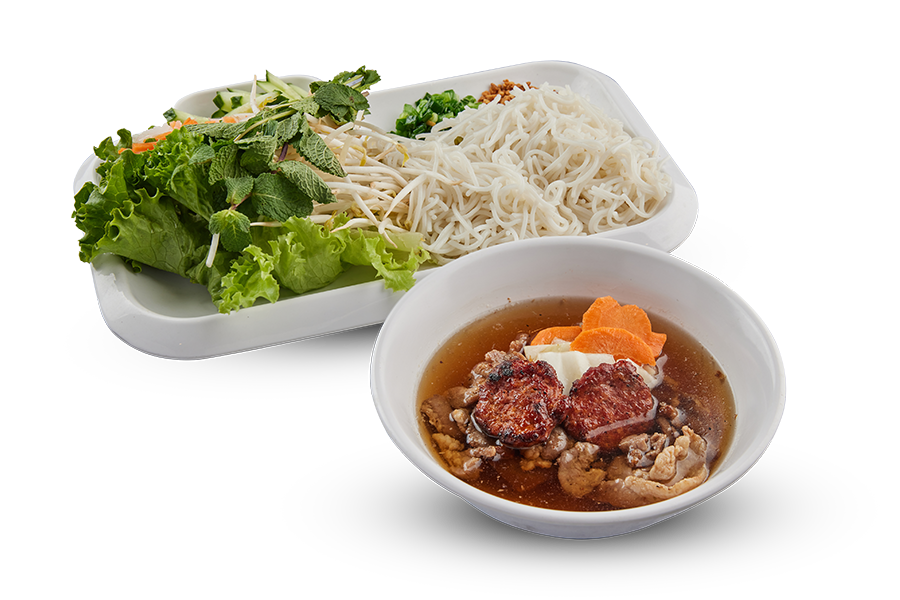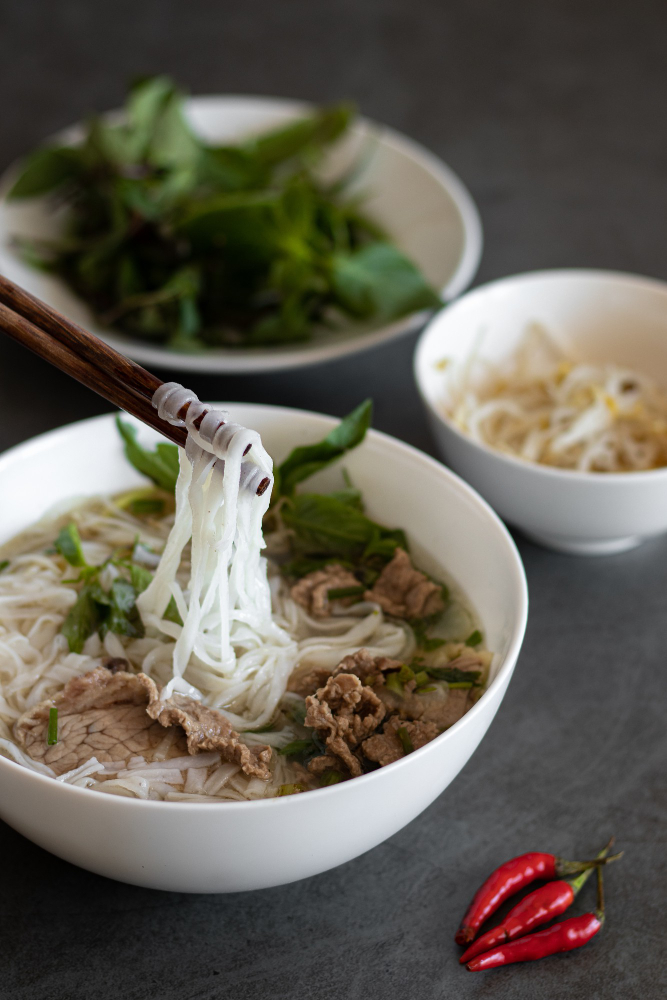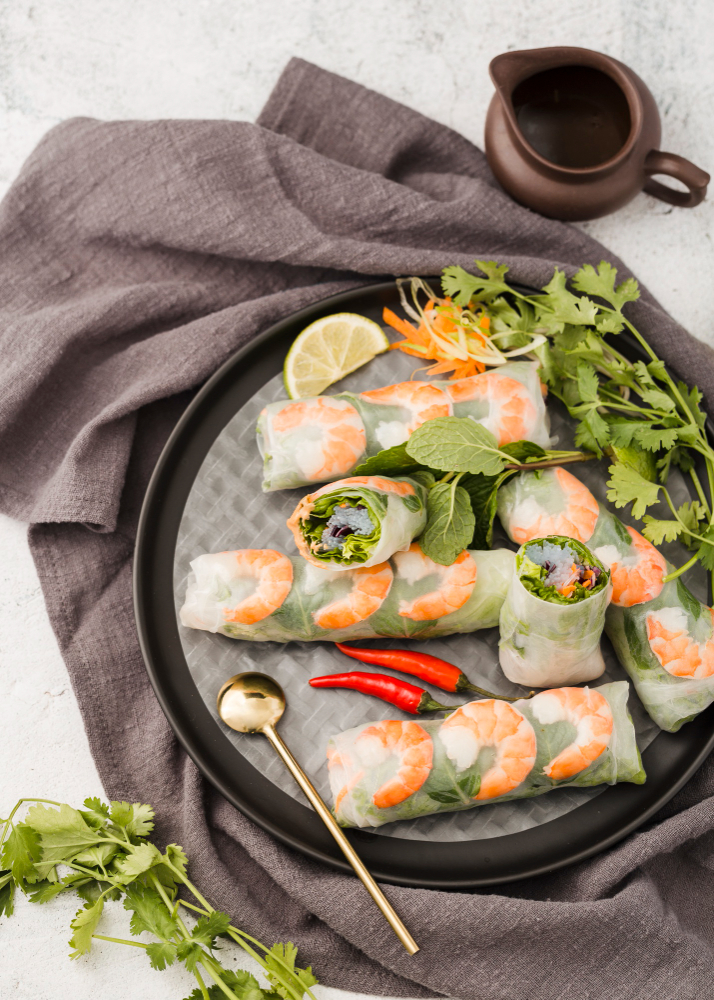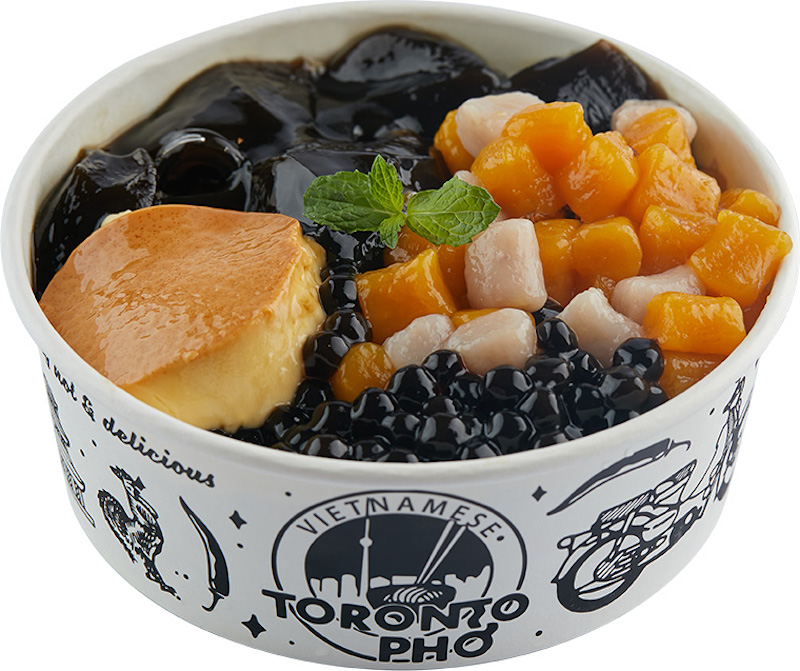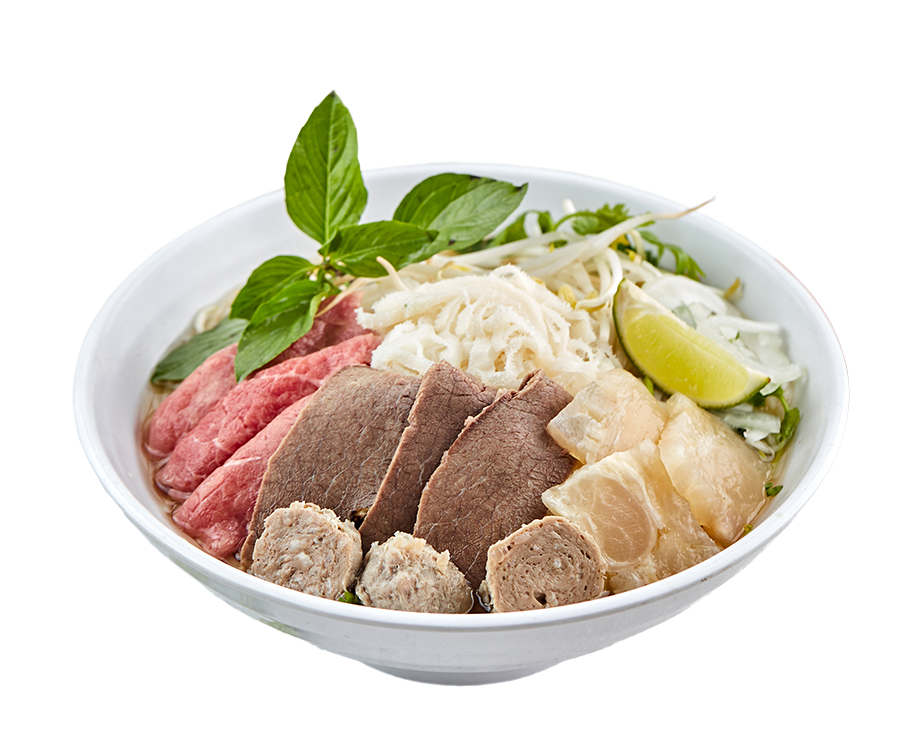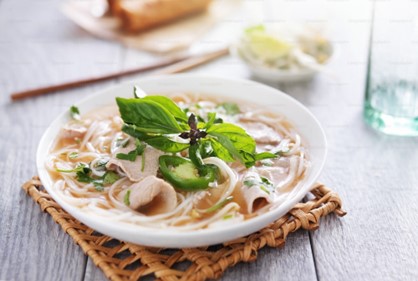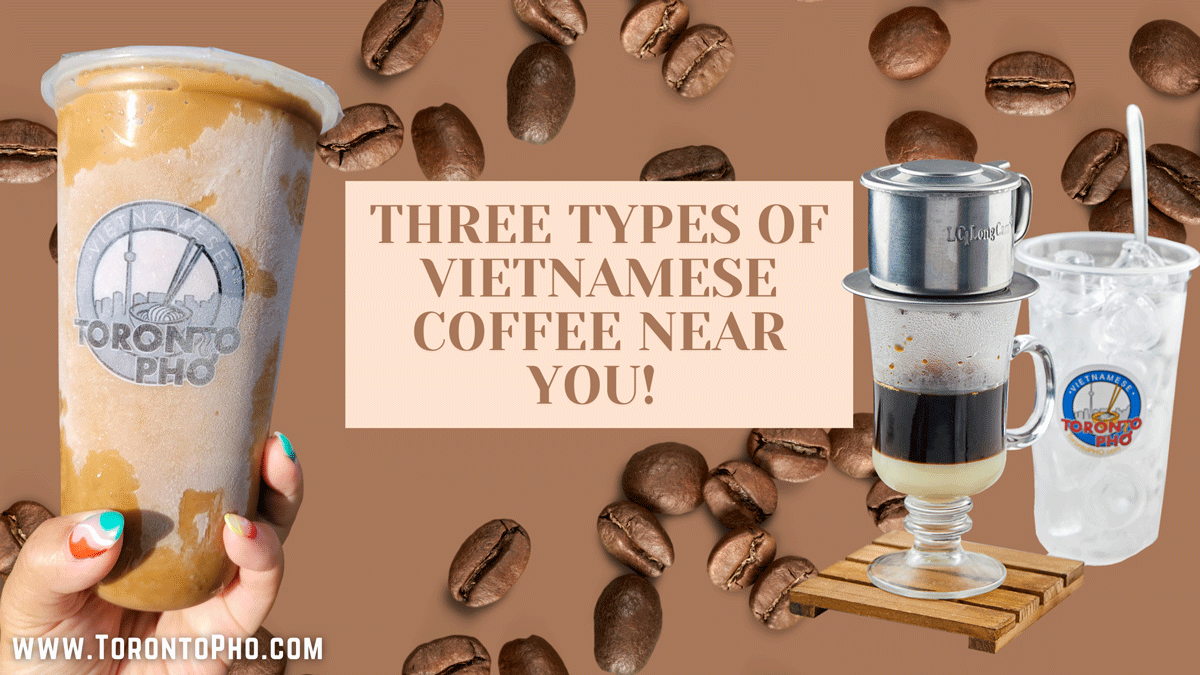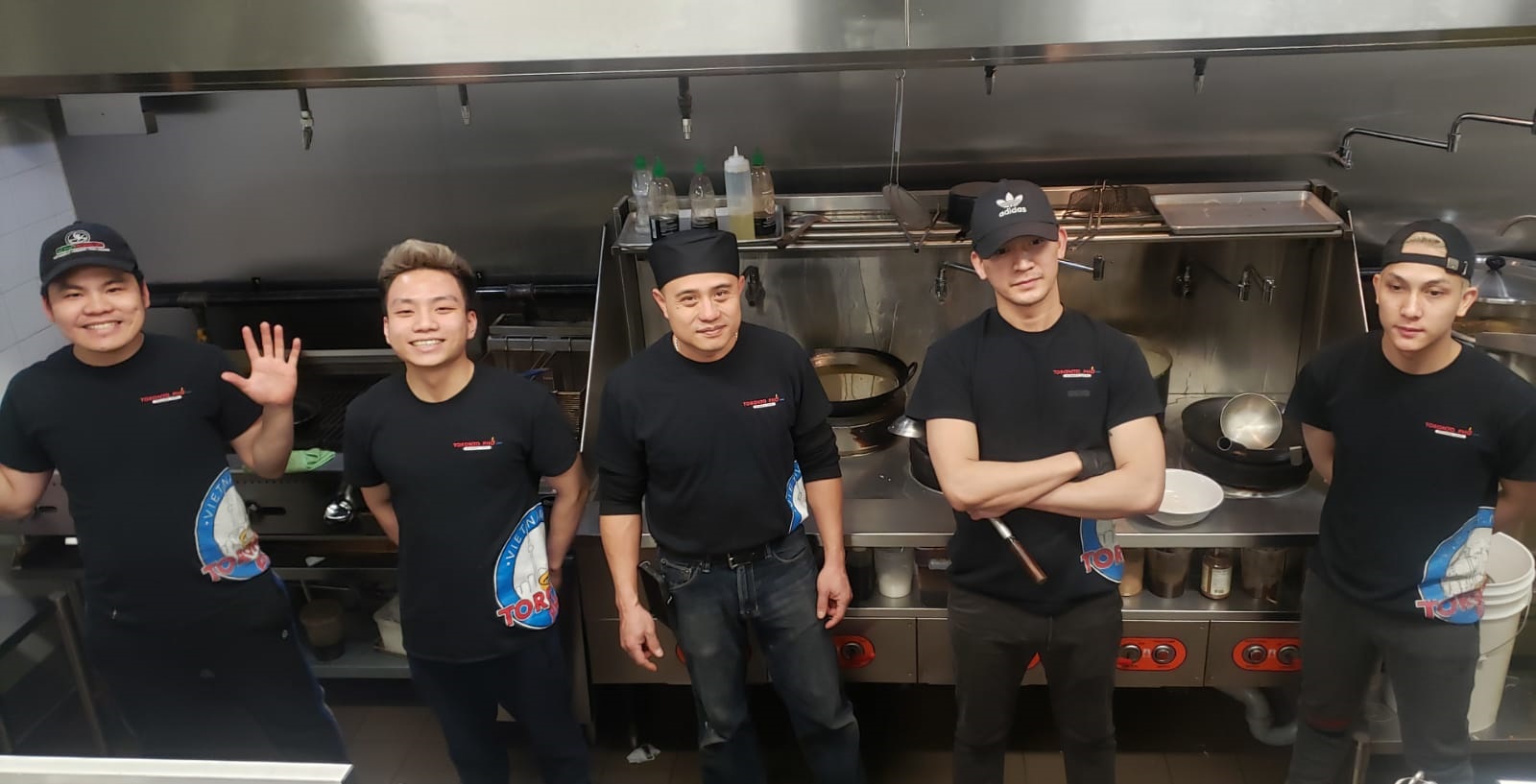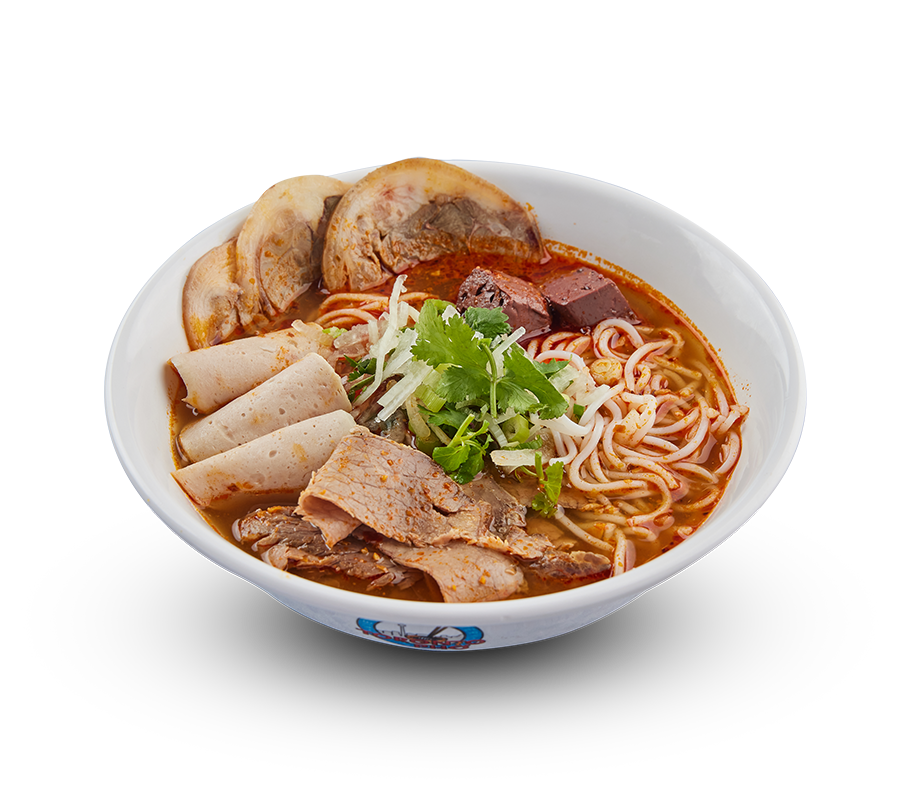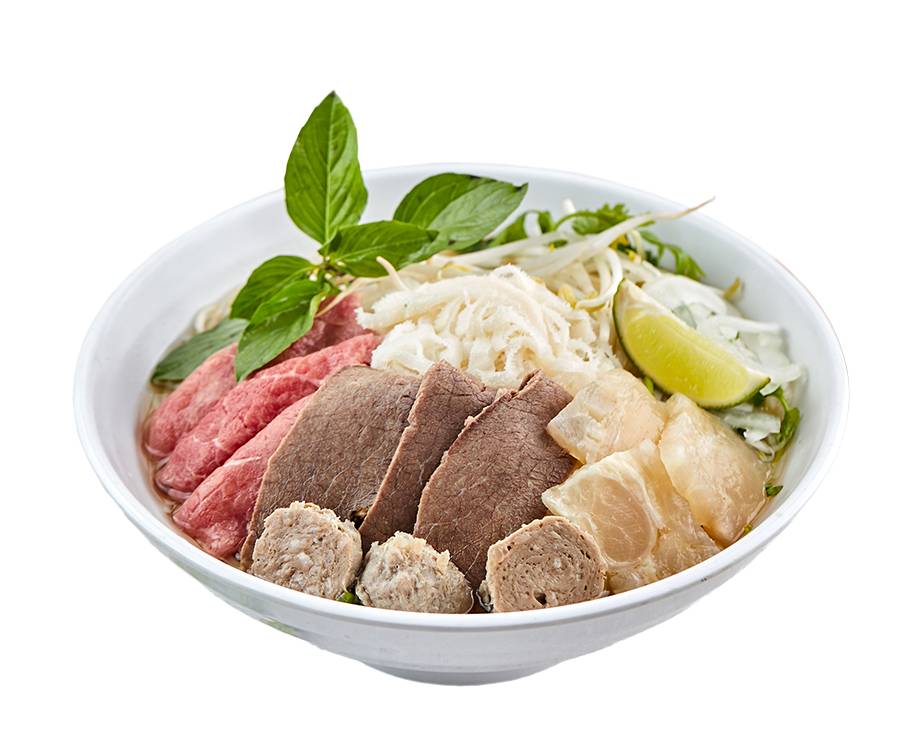
Pho, a beloved Vietnamese noodle soup, has captured the hearts and palates of food enthusiasts worldwide. Its rich broth, aromatic spices, tender meat, and fresh herbs make it a comforting and satisfying dish. In this ultimate guide, we'll explore everything you need to know to master homemade pho, including tips, tricks, and delicious recipes.
Read more: The Ultimate Guide to Mastering Homemade Pho: Tips, Tricks, and Recipes

Vietnamese cuisine is celebrated worldwide for its aromatic flavours, fresh ingredients, and diverse dishes. Among these culinary treasures, bun cha stands out as a quintessential comfort food that embodies the essence of Vietnamese dining. In this guide, we'll delve into the origins of bun cha, its key components, how it's traditionally served, and why it has become a must-try dish for food enthusiasts.
Read more: Bun Cha: The Quintessential Vietnamese Comfort Food You Need to Try

The vibrant flavours and tantalizing aromas of Vietnamese street food have captured the hearts and palates of Canadians, sparking a culinary craze across the country. From bustling food markets to cozy food trucks, the allure of Vietnamese street food lies in its simplicity, bold flavours, and affordability. This guide takes you on a culinary journey to discover Canada's best Vietnamese street food bites, from traditional favourites to innovative creations.
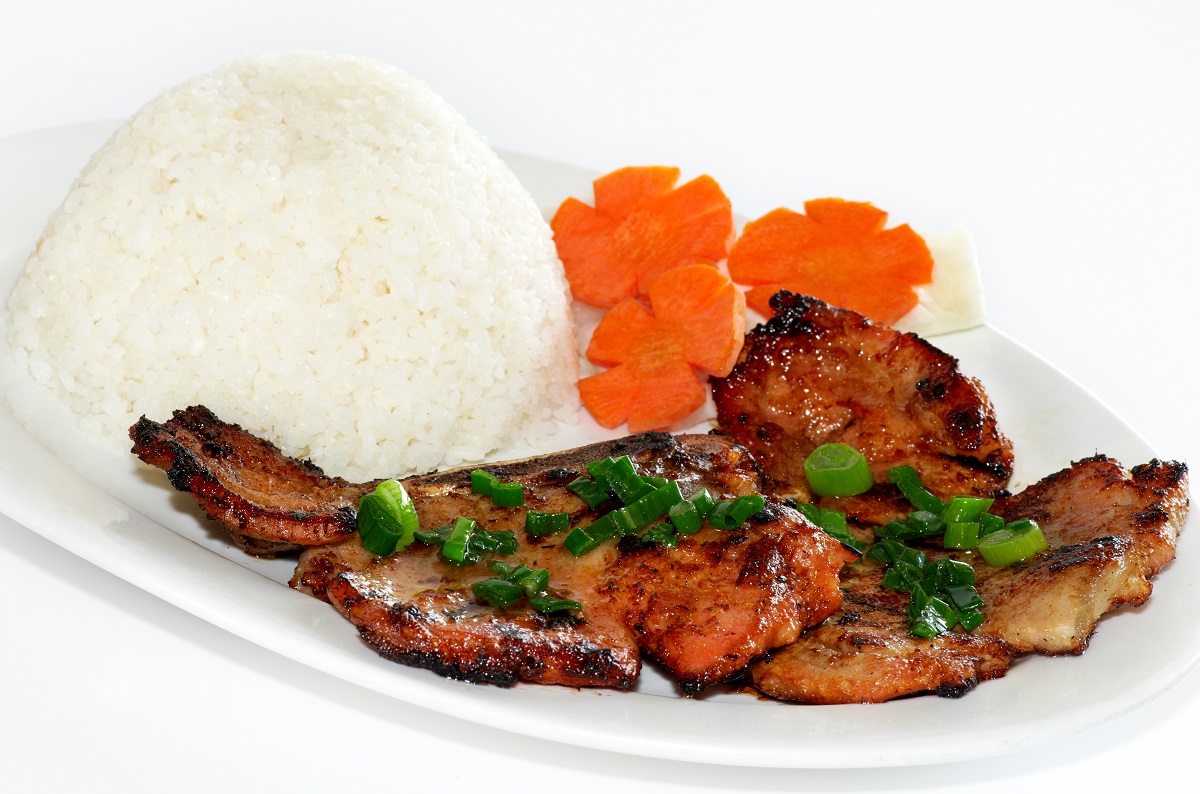
In the heart of Vietnamese cuisine lies a culinary treasure that has sustained generations and captivated palates worldwide: rice dishes. With its simplicity, versatility, and profound flavours, Vietnamese rice dishes embody the essence of the nation's culinary heritage. From fragrant bowls of steamed rice to savoury stir-fries and comforting rice porridges, each dish tells a story of tradition, ingenuity, and the joy of savouring life's simple pleasures. Join us to explore the delightful charms of Vietnamese rice dishes, from their humble beginnings to their revered status as culinary icons.
Read more: Savoring Simplicity The Delightful Charms of Vietnamese Rice Dishes
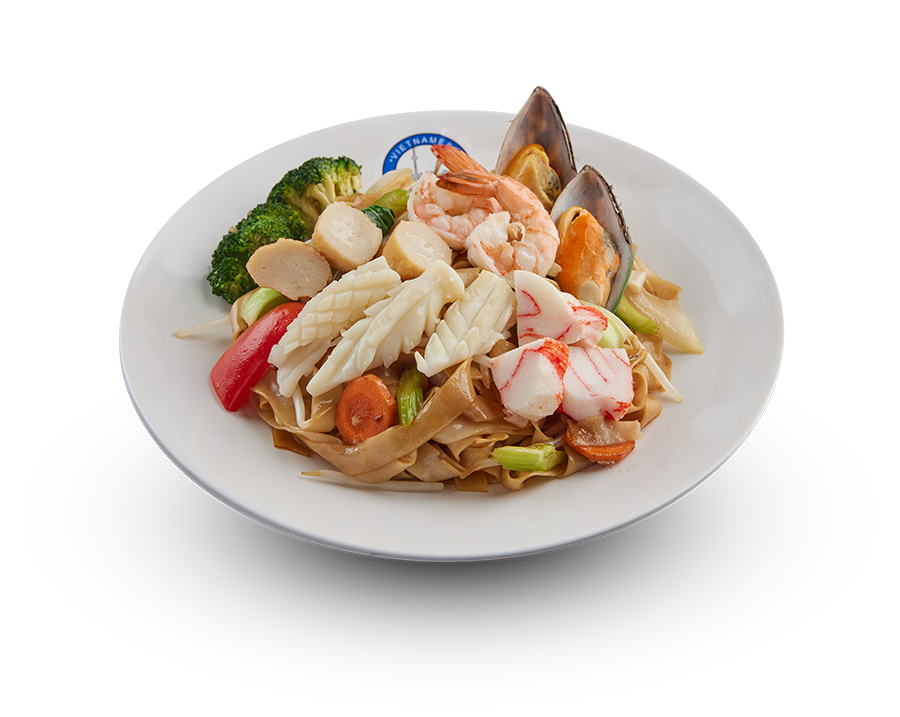
In the coastal regions of Vietnam, where the rhythm of life is dictated by the ebb and flow of the tides, seafood is not just a meal—it's a way of life. With over 3,200 kilometres of coastline, Vietnam boasts fresh seafood, from succulent prawns to delicate fish and briny shellfish. In this exploration, we delve into the vibrant world of Vietnamese seafood, uncovering the secrets of its fresh catches and flavorful creations.
Read more: Vietnamese Seafood Delights Fresh Catches and Flavorful Creations
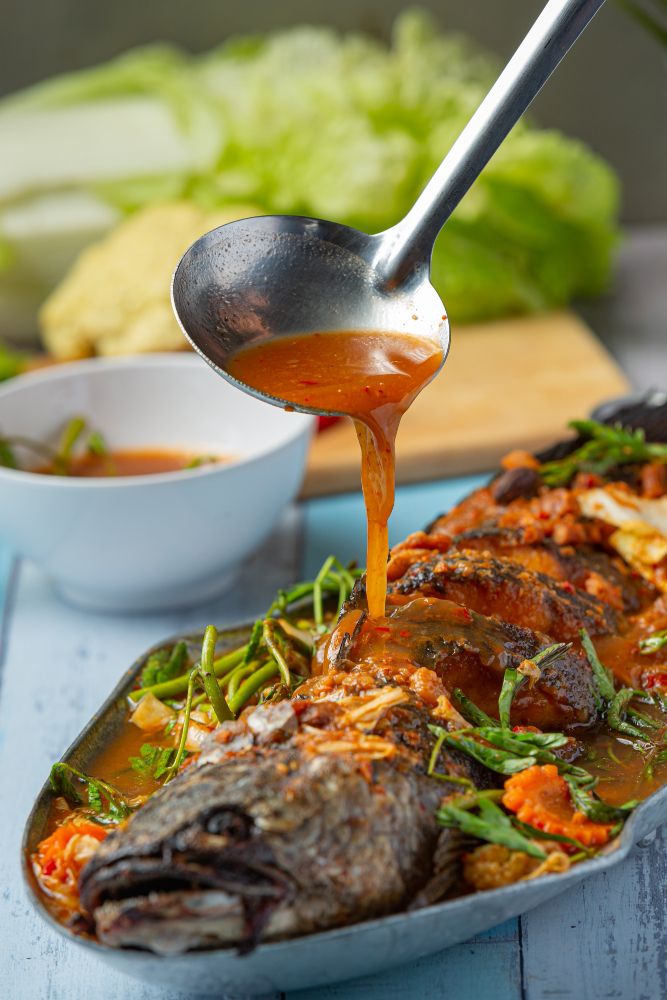
In the bustling kitchens of Vietnam, amidst the fragrant aromas of herbs, spices, and simmering broths, a humble yet indispensable ingredient holds the key to unlocking the essence of Vietnamese cuisine – fish sauce. Known as nước mắm in Vietnamese, this amber elixir is more than just a condiment; it's a culinary treasure deeply woven into the fabric of Vietnamese culinary heritage. In this exploration, we embark on a journey to demystify the magic of fish sauce, tracing its origins, delving into its production process, exploring its myriad culinary uses, and uncovering its health benefits.
Read more: The Magic of Fish Sauce Unlocking the Essence of Vietnamese Cuisine
More Articles ...
Page 1 of 45

